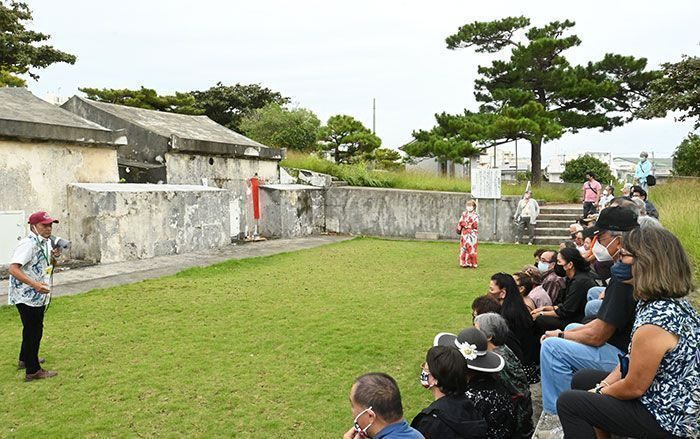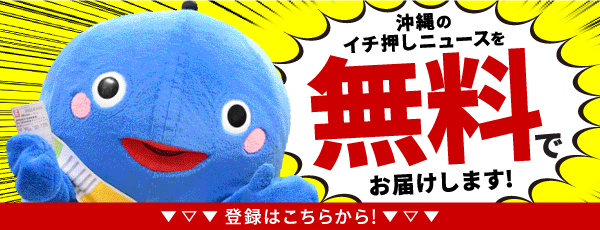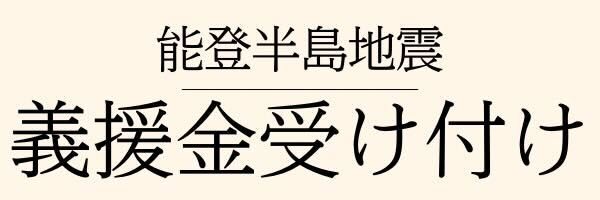
On November 2, about 40 Uchinanchu with roots in Itoman City toured the Kochibara and Akahigibara graves, the largest communal cemetery in Okinawa Prefecture. The tour was organized by the city to welcome the Itoman natives who returned home for the World Uchinanchu Festival. The tour included a visit to Hakugindo and other places of interest in the city.
Many of them saw the "Monchu(patrilineal family) grave" for the first time and listened to the guide's explanation.
After the explanation, some asked questions such as "What is the small building in the back?" and "Can women who are not married enter the tomb? Some people put their hands together in front of the graves and took commemorative photos.
Shirley Tamaki, 50, a third-generation Uchinanchu from Hawaii, said, "I was moved by the fact that there is a place to lay the bodies of children who have died in accidents or from illness, under the teaching that they should not pass away before their parents. It reminded me of the movie "Senkotsu (Washing the Bones)"".
In the evening, a welcome party was held at a hotel in the city for about 80 participants from overseas.
(Riko Higa)
¿Cómo reaccionan los Uchinanchu del mundo ante el "Monchu Baka" de Okinawa? 40 Uchinanchu del extranjero con raíces en Itoman hicieron un recorrido por la ciudad
El 2 de noviembre, unos 40 uchinanchu con raíces en la ciudad de Itoman recorrieron las tumbas de Kochibara y Akahigibara, el mayor cementerio comunal de la prefectura de Okinawa. El recorrido fue organizado por la ciudad para dar la bienvenida a los nativos de Itoman que volvieron a casa para el Festival Mundial de Uchinanchu. El recorrido incluyó una visita a Hakugindo y a otros lugares de interés de la ciudad.
Muchos de ellos vieron por primera vez la "tumba Monchu (familia patrilineal)" y escucharon la explicación del guía. Después de la explicación, algunos hicieron preguntas como "¿Qué es el pequeño edificio del fondo?" y "¿Pueden entrar en la tumba las mujeres que no están casadas? Algunas personas juntaron las manos delante de las tumbas y se hicieron fotos conmemorativas.
Shirley Tamaki, de 50 años, una uchinanchu de tercera generación de Hawai, dijo: "Me conmovió el hecho de que haya un lugar para depositar los cuerpos de los niños que han muerto en accidentes o por enfermedad, bajo la enseñanza de que no deben fallecer antes que sus padres. Me recordó a la película "Senkotsu (Lavando los huesos)"".
Por la noche, se celebró una fiesta de bienvenida en un hotel de la ciudad para unos 80 participantes del extranjero.
(Riko Higa)
Artículo Original en Japonés
Enjoy the Worldwide Uchinanchu Festival!/ ¡Disfruta del Festival Mundial de Uchinanchu!
【Espanol】La historia de Uchinanchu en el mundo: 420,000 descendientes con orgullo y amor



